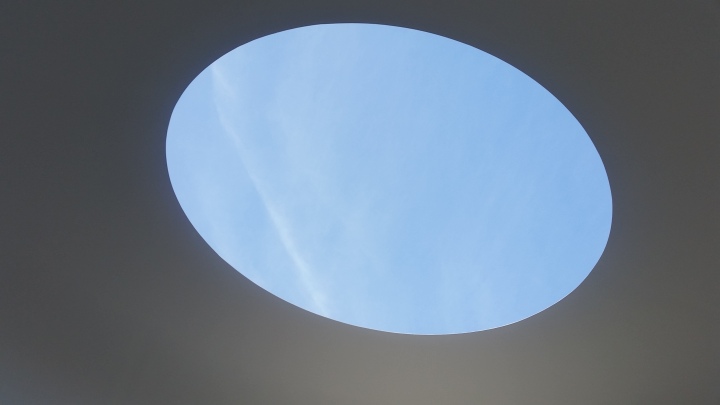

Emotional response has been laid down through evolution to enable us to cope with threat (eg. predators) and to take opportunities (eg. food) without spending too much time on thinking around many options. Emotion is largely non-conscious but when we feel it happening and we connect the feeling to what we are perceiving the whole process is made conscious and it “enters your mind flow” (Damasio). Now, some …years later…I think that I know what Pete meant when he said “emotions come first, then feeling, then the mind kicks in..”
How does this help us in our yoga practice?
Emotions occur when the “stakes” outside the organism are fairly high in a positive or negative direction. If we can’t recognize the difference between tension and relaxation, if we stop breathing in order to achieve a specific shape then we will hold onto tension and creates stiffness, thereby interfering with the natural balance of the body. By practising in a relaxed way, by seeking to find the most comfortable way to move, we listen to the physiological messages that are the bedrock of our feelings and thoughts. Equally, if we can’t sense that the body is under-supported then our structure suffers also. Perhaps in this mode of practice real change can happen

A friend has shared this quote which sums up much of what I write about our yoga. It is helpful to simply notice in our practice and to abandon the quest to be “right”. It is uncommon that we can all be right but we can all have a chance at freedom of movement . This does, I think, reduce anxiety.
Anxiety can be present in a yoga class if there is an expectation (can be self-induced) that there is a perfect pose/shape to be achieved. The shape of a yoga asana is the visible “proof” of our practice but there can be a conflict between how we sense ourselves and we how think others see us. The emotional connection or disconnect between these two perspectives can be anxiety-inducing, I think.
Recently, a student was struck by the fact that one movement was beneficial to her but produced discomfort in another student. The movement was a combination of getting up/down from kneeling and it created an opportunity to discuss how each student might notice when discomfort (stiffening) occurs and whether anything extra is being added to the movement – compensation that may well make the tension habitual. An example of this would be a limp that continues and becomes habitual after an injury has healed. If we notice tension by staying in the moment and not anticipating a shape or a perfect yoga pose, we will eventually – be able to move in a way that is tension-free.
You may be interested to read these past blogs. I will be re-tweaking them and any comments are most welcome.
In the next blog I will investigate Dr Alan Watkins talk on rhythmic breathing.